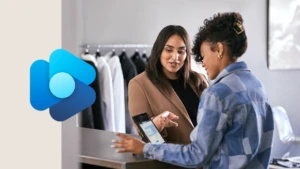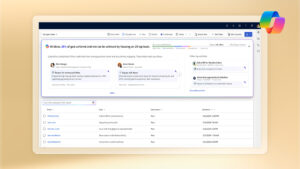Customer 2.0: Understanding the Modern buyer through Relationship Selling
When B2B organizations originally implemented a CRM, sales management focused on sales productivity—visibility into forecast, pipeline and activity tracking. This ended up driving a sales management agenda that manages our sellers versus empowering them to deliver value to buyers.
From our buyer’s perspective, the focus on productivity and lack of understanding of their journey magnifies the disconnect between the old sales process and the new buyer-centric journey. And because today’s buyers have unlimited resources in the palm of their hands, buyers are finding information on their own, and are ultimately further down their buying journey than ever.
Because of this, relationship sales with a digital spin is emerging. Traditionally, sellers spent one-on-one time with their buyers, allowing them to engage and understand their needs. Adding a CRM and focusing on sales productivity turned selling into a transactional relationship.
Today, using AI and sales force automation, sellers can create personalized experiences with the right people, offer insights and recommendations based on customer needs and provide 1:1 engagement at scale.
What is relationship selling and how does it impact sales ROI?
Relationship selling is about getting back to building relationships with the right people and engaging with them based on their needs—using technology and data to deliver this at scale to drive sales acceleration. As sales leaders, emphasizing engagement has a positive impact on sales ROI. Our research shows, organizations that emphasize engagement are 2.3 times more likely to achieve quota status. To be successful, sellers need to understand how buyers have evolved with a changing technology landscape.
Understanding the buyer: Then vs. Now
Before access to the internet was mainstream, buyers had to use sellers as a gatekeeper of information. Sellers were in control of the messages buyers received and the journey they went on to make a decision. A touchpoint was typically in-person or on the phone, thus engagement was high.

Today, buyers are in control of the information they receive and the journey they take to make purchasing decisions. More and more, they prefer to interact with organizations digitally. If you can’t provide the information they need, they have access to go elsewhere. Buying teams are also expanding, it’s taking companies longer to make decisions and buyers are less likely to take phone calls. Buyers are further along in their journey when they reach out to sales and direct the conversation to price and features earlier than they used to.
Relationship selling opens doors for sales, and ultimately positively impacts sales success. Modern buyers want a frictionless experience for low-consideration sales, such as when they are researching or purchasing within e-commerce experiences. When a purchase is considered a high-consideration experience they want a consultative sale. They want sellers to help them buy versus focus on selling. They want their sellers to bring insights and ideas to the table, and to do so they need to understand their unique business needs and provide solutions that deliver real results.
Data shows, companies who become customer-obsessed, who truly embrace a customer-centric operating model—not just sales, but marketing, customer service, and branding—are organizations that see a positive impact on their close rates and revenues. Based on a Forrester poll, nearly 50 percent of customer-obsessed companies grew 10 percent during the last year.
The future of sales
Investing in sales force automation is imperative for businesses to empower modern, relationship-driven sellers. Millennials are an important part of business decisions and will impact how sellers engage buyers in the future. They require transparency and want authentic, empathetic sellers. Again, companies who remain focused on being customer-obsessed will be successful. Adding both relationship selling, and technology will empower sellers to engage at scale.




